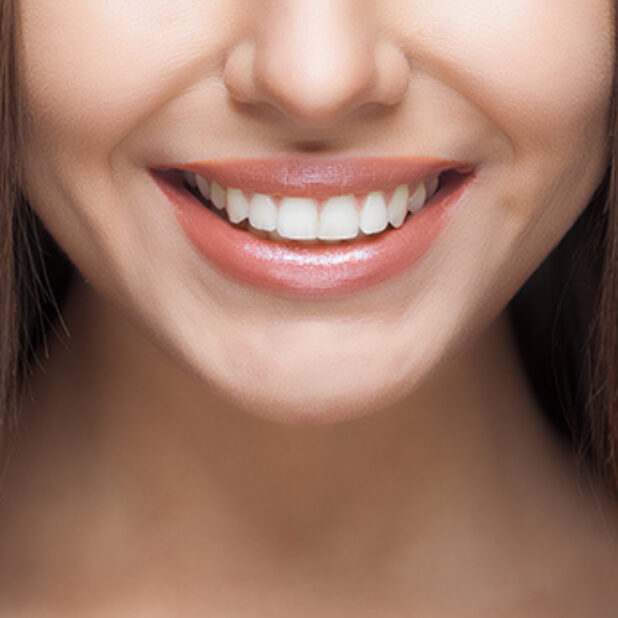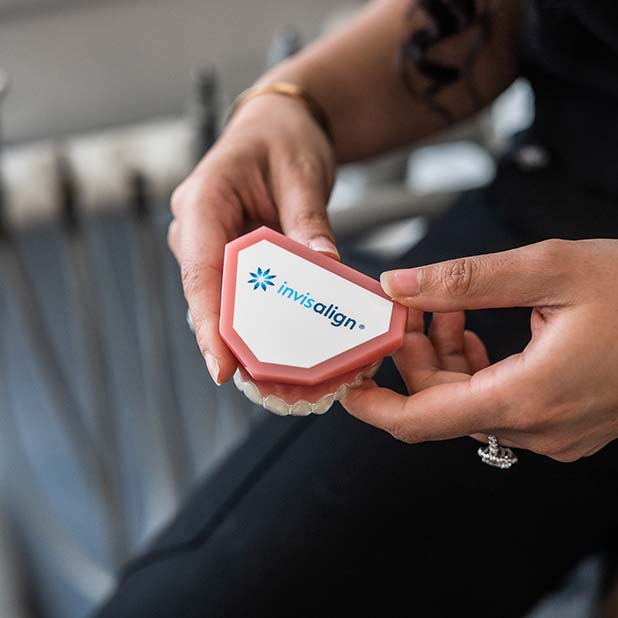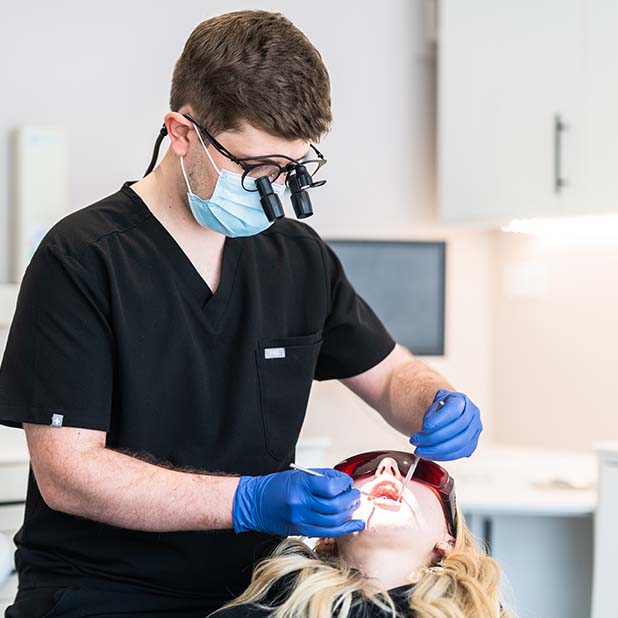the advantage of a bridge compared to dentures is that it is fixed in the mouth – you do not have to take it in and out. This means you can eat, drink and speak much more confidently and clean your mouth better. however, unlike dentures which are considered to be very conservative, placing a bridge in the mouth will often require the adjacent teeth to be drilled and shaped to accommodate the attachments which are needed to hold the false tooth in place. These attachments may come in the form of ‘wings’ or even crowns.
can I have a bridge instead of a denture?
in some cases, you can. however, if lots of teeth are missing or there are no teeth on both sides of the gap, a bridge may not be possible. it’s best to speak to your dentist so that they can discuss what the best option for you is.
can I have a bridge on the NHS?
in some cases, yes. if a denture is not possible or is not the best solution for your gap, then a bridge may be provided on the NHS.
will it look natural in my mouth?
yes -the false tooth or teeth can be designed to look as natural as possible in terms of shape and colour.
back to general dentistry.“I struggled to find a good regular dentist for too many years. After having had my first appointment with Dan, I can confidently say I've… ”
“I struggled to find a good regular dentist for too many years. After having had my first appointment with Dan, I can confidently say I've… ”
“Very helpful and friendly staff. A clean practice. Make you feel at ease straight away. Jess the hygienist makes you feel welcomed and relaxed super… ”
“Even if you’re not a patient at this practice, Jess the hygienist is committed to educating and helping everyone whether in person or online. Jess… ”
“First visit to this lovely dental surgery. Clean, bright and welcoming. Efficient, friendly staff. The dentist and his assistant were absolutely fab. Really friendly, kind,… ”
“Today I had my second appointment with Dan having moved dentist. Such a great decision! Dan’s consultation is thorough, extremely professional and he is very… ”
“I had a "disaster" one of my Crowns fell out leaving a large hole and I have a Wedding to attend tomorrow!! Managed to get… ”
“So I’ve had a really bad phobia of the dentist for as long as I can remember and have put off getting my teeth fixed… ”
“Cannot recommend Jess the Hygienist enough! She has given me so much advice on what to buy and what not to buy to keep my… ”











